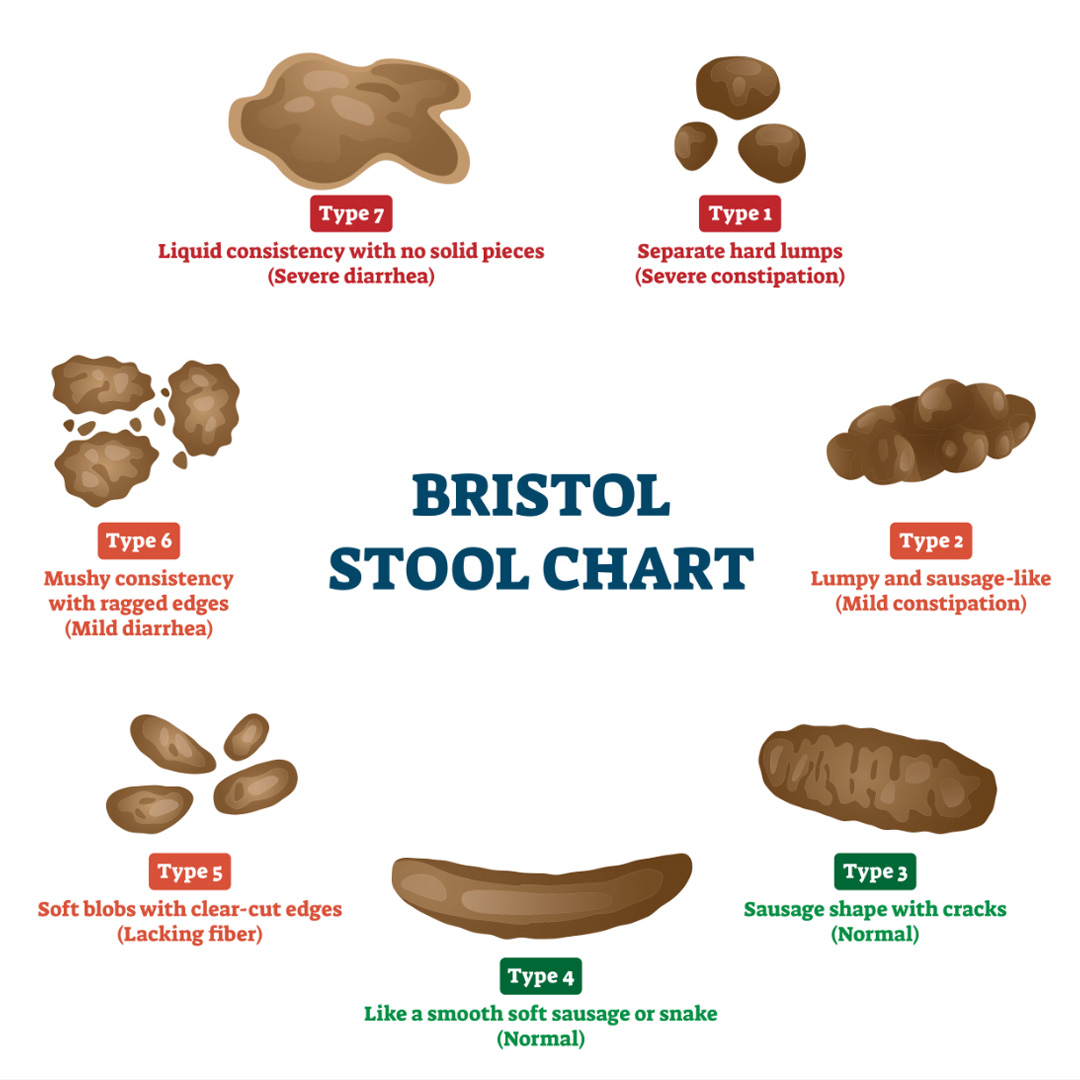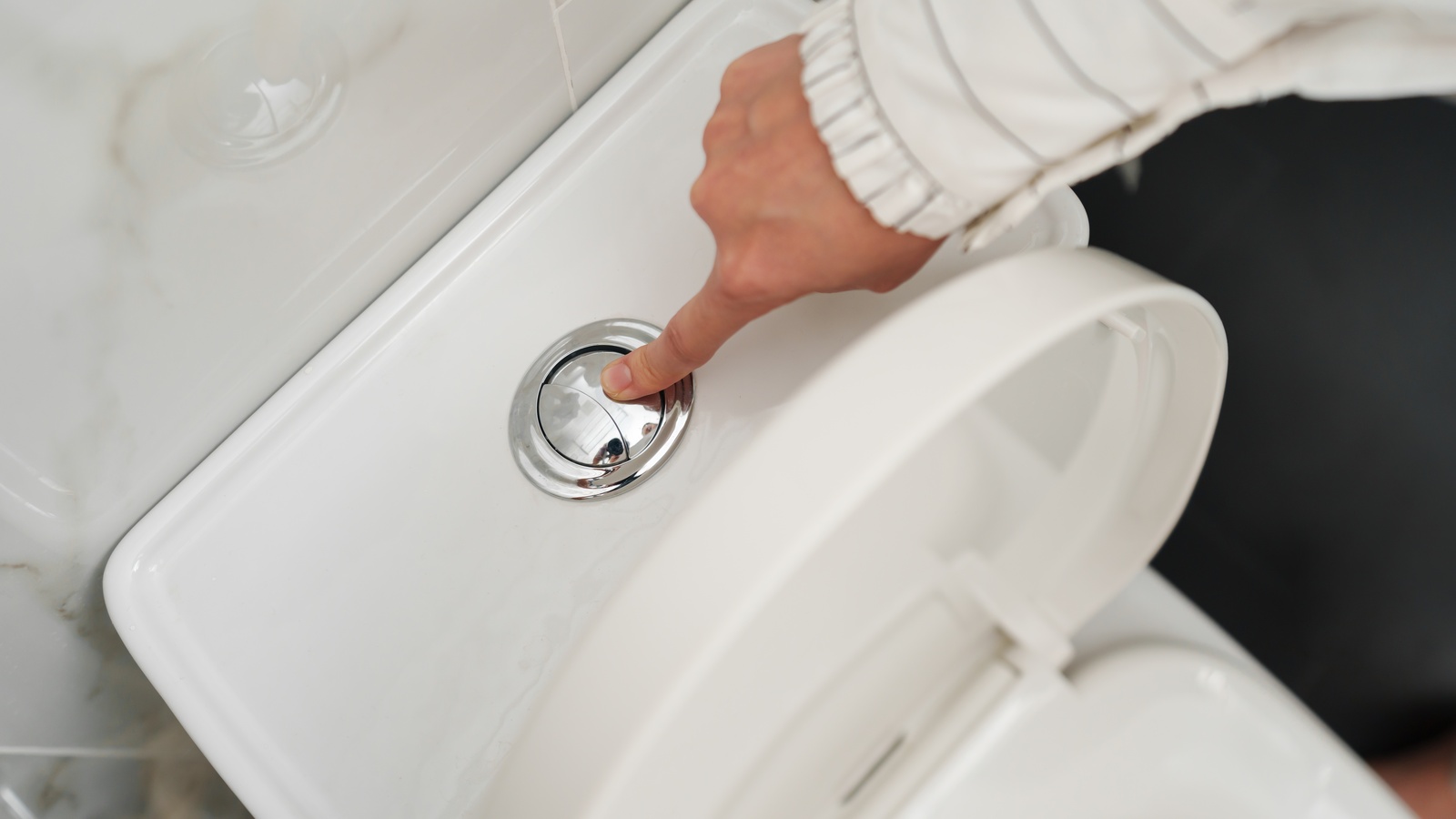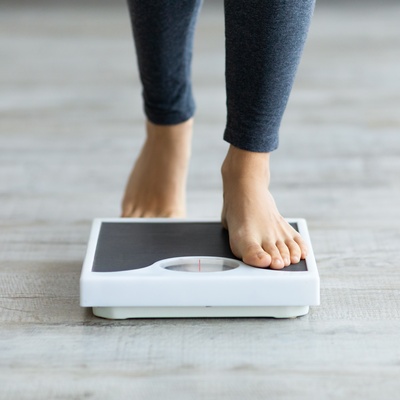Articles / Healthy Living
Dec 2, 2024
3.6K Views
Understanding the Bristol Stool Chart
By Food Matters Institute
When it comes to gut health, your body gives you important clues, and one of the most telling is your stool. While this may not be a common topic of conversation, your bowel movements can reveal a lot about your digestion, diet, and overall well-being. Enter the Bristol Stool Chart — a useful tool developed by doctors to help identify what’s happening inside your digestive system.
The Bristol Stool Chart categorizes stool into seven types, from hard lumps to entirely liquid. Let’s take a closer look at each type and what it could mean for your health.

Type 1: Separate Hard Lumps
These hard, marble-like stools indicate constipation. When waste moves too slowly through the colon, too much water is absorbed, leaving the stool dry and difficult to pass. Common causes include dehydration, a low-fiber diet, or a lack of physical activity. Increasing water intake and fiber-rich foods like fruits, vegetables, and whole grains can help improve transit time.
Type 2: Sausage-Shaped but Lumpy
This type also signals constipation but is slightly less severe. Like Type 1, it indicates a need for more hydration and dietary fiber to encourage smoother bowel movements.
Type 3: Sausage-Shaped with Cracks on the Surface
Type 3 stools are easy to pass and well-formed. The slight cracks indicate a healthy balance of moisture and firmness, signaling good digestion and adequate fiber in your diet. This is considered an ideal type.
Type 4: Smooth, Soft, and Snake-Like
Type 4 is the gold standard of bowel health. This smooth and soft stool is effortless to pass and is a sign of optimal gut health. A diet rich in fiber, proper hydration, and regular physical activity help maintain this balance.
Type 5: Soft Blobs with Clear-Cut Edges
This type indicates a lack of fiber in your diet. While it’s not as concerning as constipation, it’s a sign that you may need to increase your intake of whole plant foods, which bulk up stool and make it easier to pass.
Type 6: Mushy with Ragged Edges
Stool that’s mushy with ragged edges indicates mild diarrhea. This can result from too much fiber, certain foods, or even stress. If this persists, it could signal a digestive imbalance, such as irritable bowel syndrome (IBS) or food intolerances.
Type 7: Entirely Liquid
This is a sign of diarrhea, where waste passes through the digestive system too quickly for water to be absorbed. Acute diarrhea can be caused by infections, stress, or a sudden change in diet, while chronic diarrhea may indicate more serious conditions like food intolerances or gut disorders. It’s essential to stay hydrated and seek medical advice if diarrhea persists.
Monitoring your stool isn’t just about avoiding discomfort—it’s a simple way to gauge your gut health. Stool quality reflects digestion, hydration levels, and diet. While occasional variations are normal, significant or consistent changes in stool can signal issues that might require attention, from dietary adjustments to medical advice. Some simple ways to care for your gut health include:
-
Hydrate: Drinking enough water supports smooth bowel movements and prevents constipation.
-
Eat Fiber-Rich Foods: Include plenty of fruits, vegetables, legumes, and whole grains to help regulate digestion.
-
Exercise Regularly: Physical activity stimulates bowel function and supports regularity.
-
Pay Attention to Your Gut: If you notice persistent changes in your stool type, consult a healthcare provider to rule out underlying conditions.
-
Eat Healthy Fats: They help keep digestion smooth, support nutrient absorption, and promote optimal hormone balance for overall wellness.
Understanding the Bristol Stool Chart is a simple but effective way to keep track of your digestive health. By paying attention to what your body is telling you, you can make proactive changes to support your gut, improve your digestion, and enhance your overall well-being. The goal is to aim for types 3 and 4. If you’re interested in learning more nutrition and natural healing, make sure to check out the Food Matters Nutrition Certification Course.












